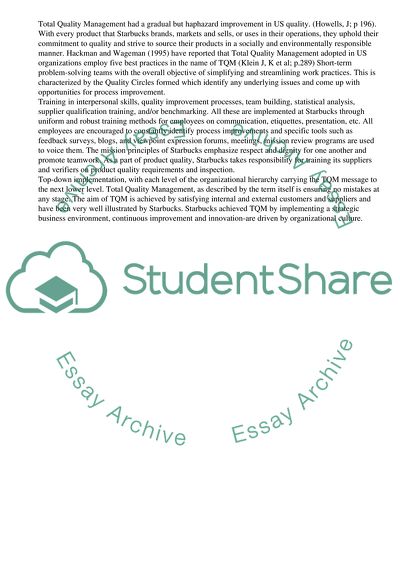Cite this document
(The Total Quality Management and Quality Control in Starbucks Term Paper, n.d.)
The Total Quality Management and Quality Control in Starbucks Term Paper. Retrieved from https://studentshare.org/management/1719923-how-is-the-total-quality-management-and-quality-control-in-starbucks
The Total Quality Management and Quality Control in Starbucks Term Paper. Retrieved from https://studentshare.org/management/1719923-how-is-the-total-quality-management-and-quality-control-in-starbucks
(The Total Quality Management and Quality Control in Starbucks Term Paper)
The Total Quality Management and Quality Control in Starbucks Term Paper. https://studentshare.org/management/1719923-how-is-the-total-quality-management-and-quality-control-in-starbucks.
The Total Quality Management and Quality Control in Starbucks Term Paper. https://studentshare.org/management/1719923-how-is-the-total-quality-management-and-quality-control-in-starbucks.
“The Total Quality Management and Quality Control in Starbucks Term Paper”, n.d. https://studentshare.org/management/1719923-how-is-the-total-quality-management-and-quality-control-in-starbucks.


